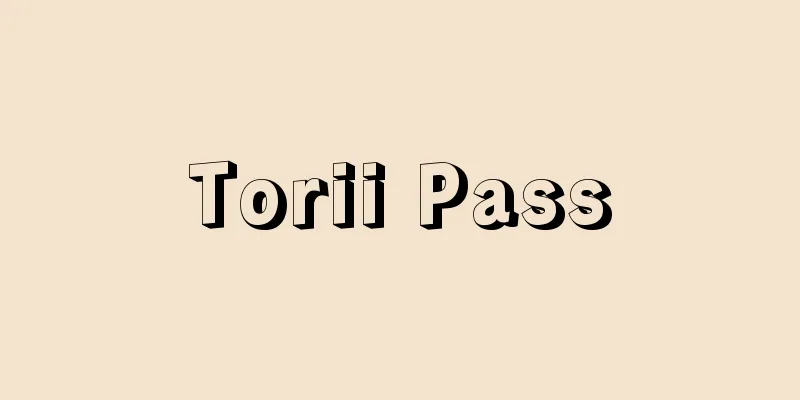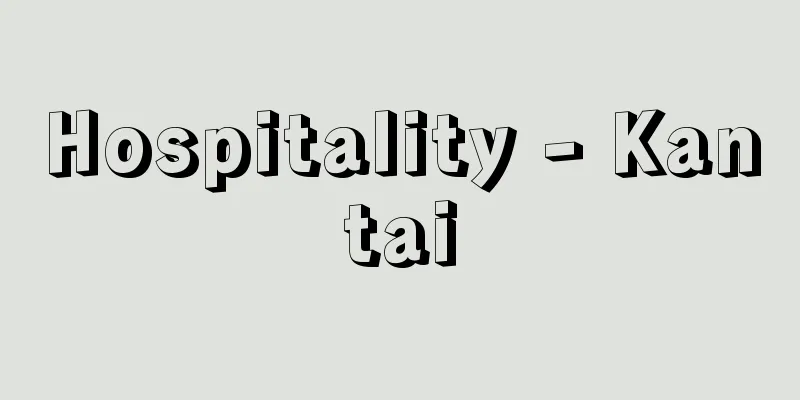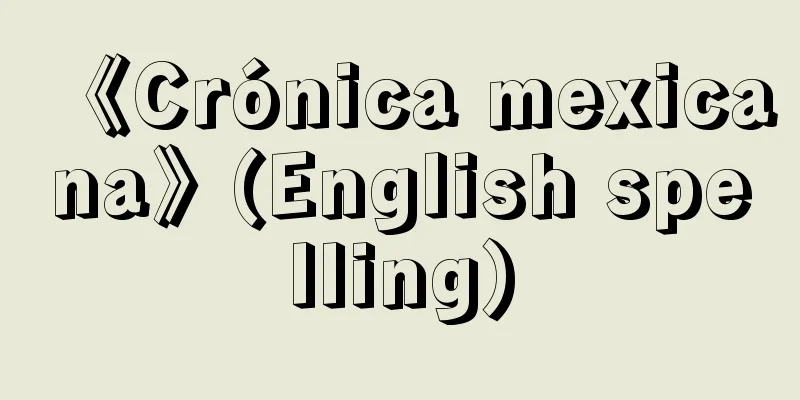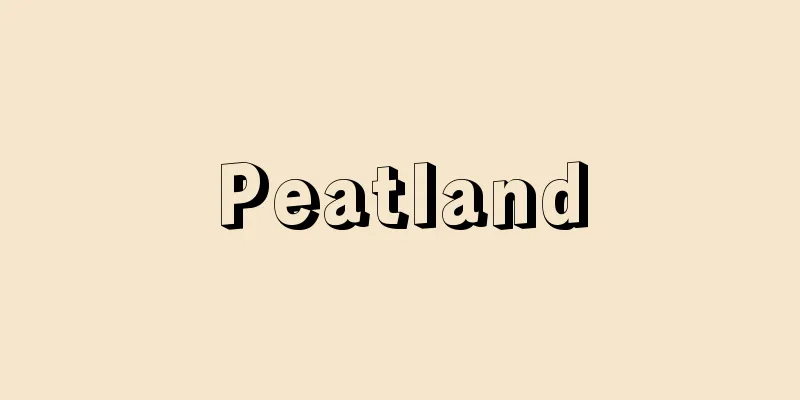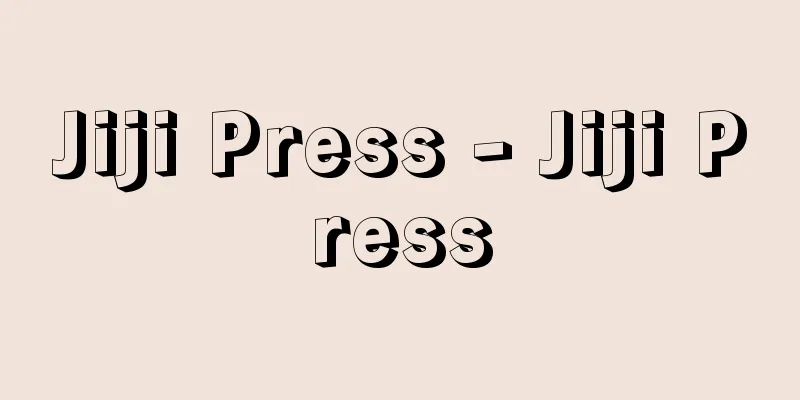detritus
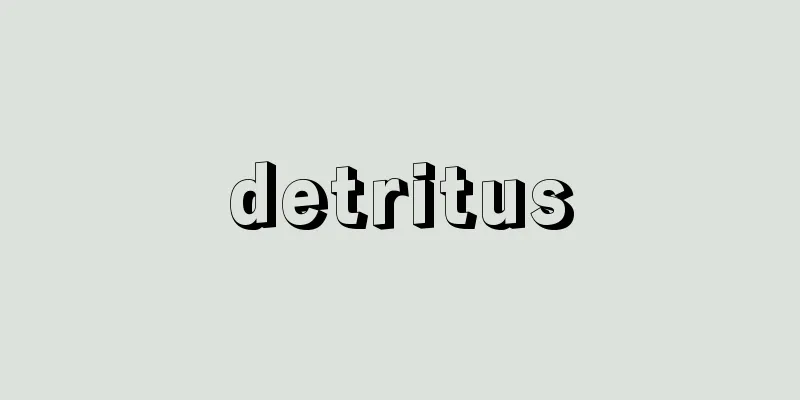
|
...Of course, there are many organisms that fall into more than two categories, and many that are in between. For example, in seawater, large animals such as sharks and whales eat small fish (sardines, pacific saury, squid, etc.), which in turn eat zooplankton such as copepods, which in turn eat phytoplankton and detritus, which are the remains of organisms that decompose. In this way, the organisms in the ocean form a community of organisms linked together in a food chain of higher consumers - secondary consumers - primary consumers - producers. The primary production of the ocean is due to the photosynthesis of phytoplankton and seaweed and flowering plants such as seaweed. From [Intertidal Zone]…Most marine animals breathe through gills, but among the creatures that live in the intertidal zone, there are crabs that can breathe from moist air, and pulmonates (molluscs such as Onchidium punctatum and Larch shells) that have developed lungs that allow them to breathe air. Most animals that live in the intertidal zone are filter feeders that filter out and eat zooplankton, phytoplankton, and organic debris (detritus) from the seawater. Therefore, they cannot eat food when they are not covered in seawater. … From [Soil Animals]…There are also dead branches, fallen trees, pine cones, peeling bark, animal carcasses and droppings. These are called detritus, and can be thought of as the garbage produced by nature. Before you know it, these things change shape and become soil, but what is the function of this? From [Seaweed Bed]...In the case of brown algae, sea urchins, abalone, turban shells, and other snails are herbivorous, but in the case of seagrass such as eelgrass, only a few invertebrates, such as some sea urchins, feed on it, and it is rather vertebrates such as waterfowl, sea turtles, and sirenians (dugongs and manatees) that eat it. Therefore, rather than the rate at which high production moves directly to the higher trophic levels, it is more common for dead or broken pieces to decompose on the seabed or washed up on the shore, becoming detritus (a general term for organic matter including fragments of living organisms and the microorganisms that grow there), and then to be incorporated into the food chain that starts from here. Therefore, there are many benthic organisms that feed on sediments. *Some of the terminology explanations that mention "detritus" are listed below. Source | Heibonsha World Encyclopedia 2nd Edition | Information |
|
…もちろん,この二つ以上の範疇に入るものや,中間的なものも多い。 海洋の生物は,例えば海水中では,サメ,クジラなどの大型の動物が,小型の魚類(イワシ,サンマ,イカなど)を食べ,小型魚類などは,橈脚類copepodaなどの動物プランクトンを食べ,動物プランクトンは植物プランクトンや,生物の死骸が分解する途中にできる生物残査(デトリタスdetritus)を食べるというように,高次消費者―二次消費者―一次消費者―生産者という食物連鎖関係で結び合った生物群集を構成している。海の基礎生産は,植物プランクトンと,海藻および顕花植物の海草の光合成によっている。… 【潮間帯】より…また,海の動物のほとんどがえら呼吸を行うけれども,潮間帯にすむ生物の中には,湿った空気からも呼吸をすることのできるカニ類や,空気呼吸をする肺が発達した有肺類(軟体動物のうちイソアワモチ,カラマツガイなど)がいる。 潮間帯にすむほとんどの動物は,海水中の動植物プランクトンや有機物のくず(デトリタスdetritus)を,海水中からこし取って食べるろ過食者である。そのため,海水をかぶっていない時間は餌を食べることができない。… 【土壌動物】より…枯枝や倒れ木,まつぼっくり,はがれ落ちた樹皮,動物の死体や糞などもある。これらは生物遺体detritusと呼ばれ,自然が出したごみのようなものと考えてもよい。これらはいつの間にか姿形を変えて土になっていくが,それは何の働きによるのであろうか。… 【藻場】より…褐藻類の場合,ウニ類,アワビ,サザエなどの巻貝類などが藻食性だが,アマモなどの海草の場合,無脊椎動物でこれを餌とするのはウニ類の一部などごくわずかで,むしろ水鳥,ウミガメ,海牛類(ジュゴン,マナティー)などの脊椎動物が食べる。したがって高生産がそのまま上の栄養段階へ移行する割合より,死んだり,いろいろな原因で切れたりしたものが海底で,あるいは浜に打ち上げられて分解され,デトリタスdetritus(生物体の破片などと,そこに繁殖している微生物を含めた有機物の総称)となってから,ここを出発点とした食物連鎖に組みこまれるもののほうが多い。したがって堆積物食性の底生生物が多い。… ※「detritus」について言及している用語解説の一部を掲載しています。 出典|株式会社平凡社世界大百科事典 第2版について | 情報 |
>>: détrempe (English spelling) detrempe
Recommend
Mind, Self and Society
…Mead wrote no books during his lifetime, but fou...
Izumi vinegar
〘Noun〙 High-quality vinegar produced in Izumi Prov...
Orthography
Orthography is a system of writing that is sociall...
Tales - tales
Among oral literature that is passed down by word...
Kitamurasaki sea urchin - Kitamurasaki sea urchin
A marine animal belonging to the Echinodermata ph...
Etchuu-bai (Etchuu locust) - Etchuu-bai (English spelling) Buccinum striatissimum
A gastropod shell of the Bucconidae family that li...
Lee Hae-cho
Korean novelist. Born in Pocheon, Gyeonggi-do. His...
Bay leaf
...The soybean-sized fruit ripens to a dark purpl...
Li Gyo
He was the first Chinese literati in the late Min...
Augsburg Cathedral - Augsburg Cathedral
...The old town suffered heavy damage during Worl...
Aging society - koureikashakai (English spelling) aging society
A society in which the proportion of elderly peop...
Black mountain ant - Kuroyamaari
This insect belongs to the family Formicidae in t...
Tamakatsuma
This book, which could be called Motoori Norinaga...
Hebbel - Christian Friedrich Hebbel
German playwright. Born as the eldest son of a po...
Nango [village] - Nango
A village in Sannohe County, southeastern Aomori P...
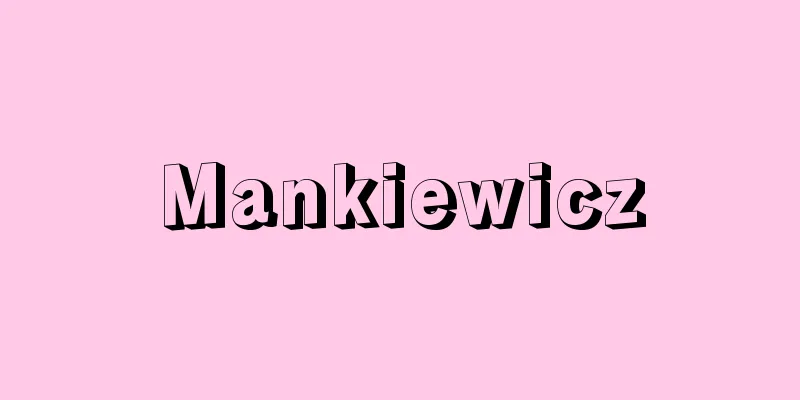
![Ichinomiya [city] - Ichinomiya](/upload/images/67caed0daf3cb.webp)
